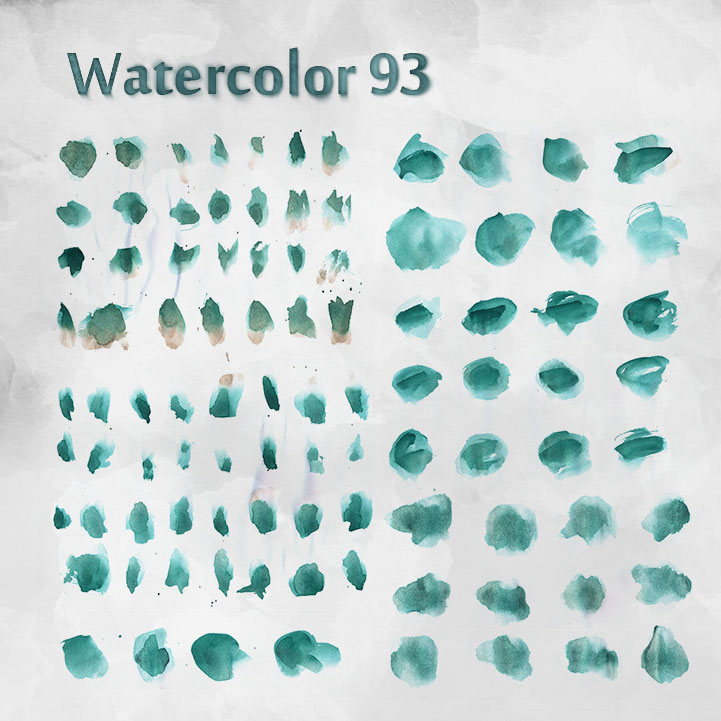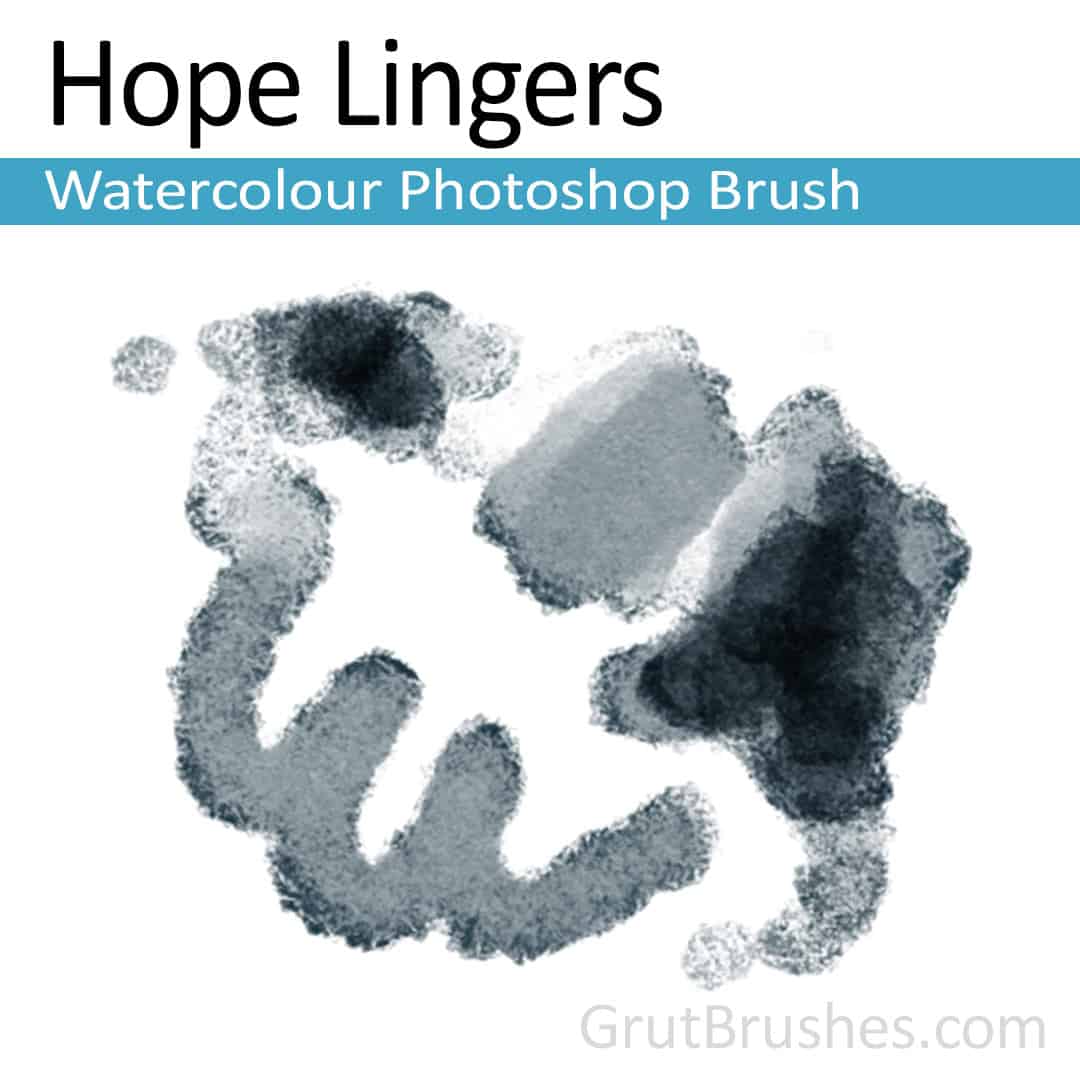

This will add a range of brush patterns that appear like natural brush strokes. Click that arrow and select Natural Brushes.Ĭlick on Append in the next dialog box. In the toolbar, there will be an option of the type of brush to be selected. It will appear as if the whole picture has disappeared. color the layer mask black using the paint bucket tool. Step 9: Now, add a Layer Mask to the background layer. While clicking the paper texture layer, change the blending mode to multiply. Place it in the image and resize it according to the Taj Mahal canvas size. Step 8: Grab a free Ivory or Canvas Paper Texture background online. A dialog box called Blending options (Smart Blur) will open.

You will see a tiny arrow box next to Smart Blur Filter in the Layer panel. You will see that a sketchy form of the image has appeared. Once the Filter is added in the Layer panel, Double click on the tiny box next to the Find Edges, and in the Blending Options dialog box, change the MODE to Multiply. Step 7: Go to Filter > Stylize> Find Edges. Step 6: This is a crucial step for us to understand.

You will see that fine lines and sharp corners are blurred a bit, while the center still looks untouched. Radius: 5, Threshold: 100, and Quality: High. After that, go to Filter> Blur > Smart Blur. But Photoshop provides us with tools including brush and masking and lighting to exploit them to detail this effect even more. Step 5: Now, you will see that the initial layout has already changed to a rough watercolor-like effect. Change the following values as mentioned, Brush size: 10, Brush detail: 10, and Texture: 1. Step 4: This will open a large window with already ready-to-use effects that will instantly set the entire image’s tone for the entire image. Step 3: Now, for the initial effect, go to the Filter menu and select Filter>Filter Gallery>Artistic.


 0 kommentar(er)
0 kommentar(er)
